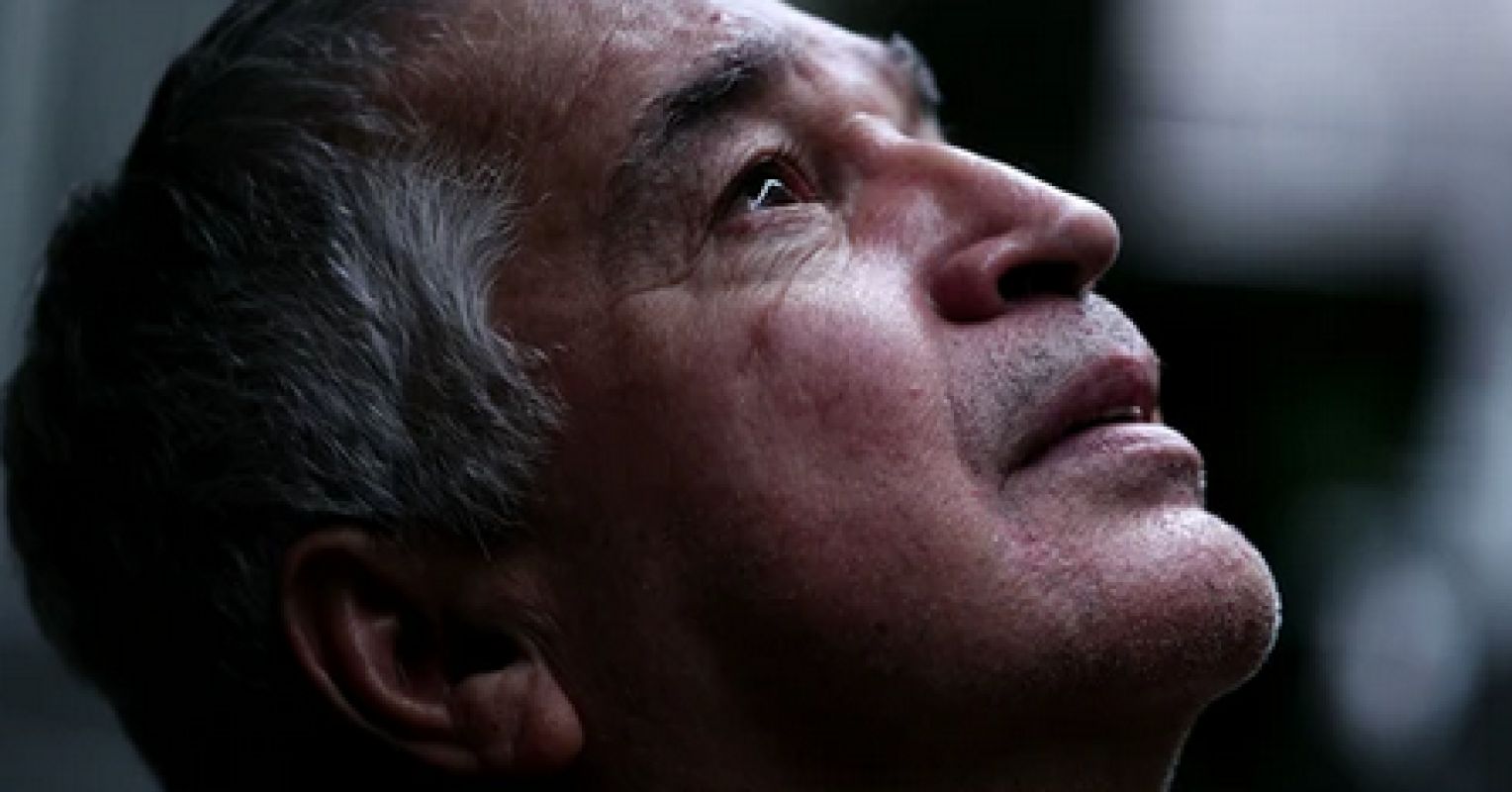
"What we often don't appreciate is that this feeling is the known consequence of many negative emotions, particularly sadness and anxiety. After a loss, sadness helps us withdraw and reconsider our options and actions. When we're under threat of loss, anxiety makes us look for dangers and think carefully about our next moves. Both emotions focus our attention on the negative parts of our lives and our experiences."
"My colleague Linda Levine described negative emotions like a narrow highlighter over the text of our lives - they draw attention and focus to very specific types of information. When we're sad, we will spend time thinking about the loss that made us sad, remembering all of the past times that we failed, and the future will seem bleak as we consider all the ways we might fail moving forward."
Negative emotions narrow attention toward failures, threats, and losses, causing people to focus on negative past experiences and bleak expectations. Sadness promotes withdrawal and reconsideration of options after loss; anxiety heightens vigilance for danger and careful planning under threat. These responses are functional for reducing future failure but can become self-reinforcing cycles. Awe, by contrast, expands attention and promotes creative, broad thinking that enables people to envision previously impossible possibilities. Emotional experiences can feel very real regardless of objective circumstances, and awareness of their cognitive effects can help individuals recognize and escape limiting emotional patterns.
Read at Psychology Today
Unable to calculate read time
Collection
[
|
...
]